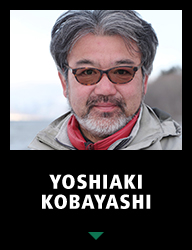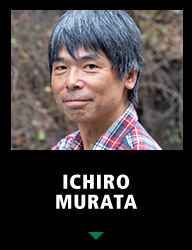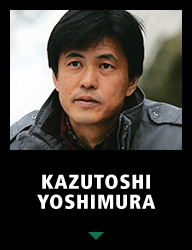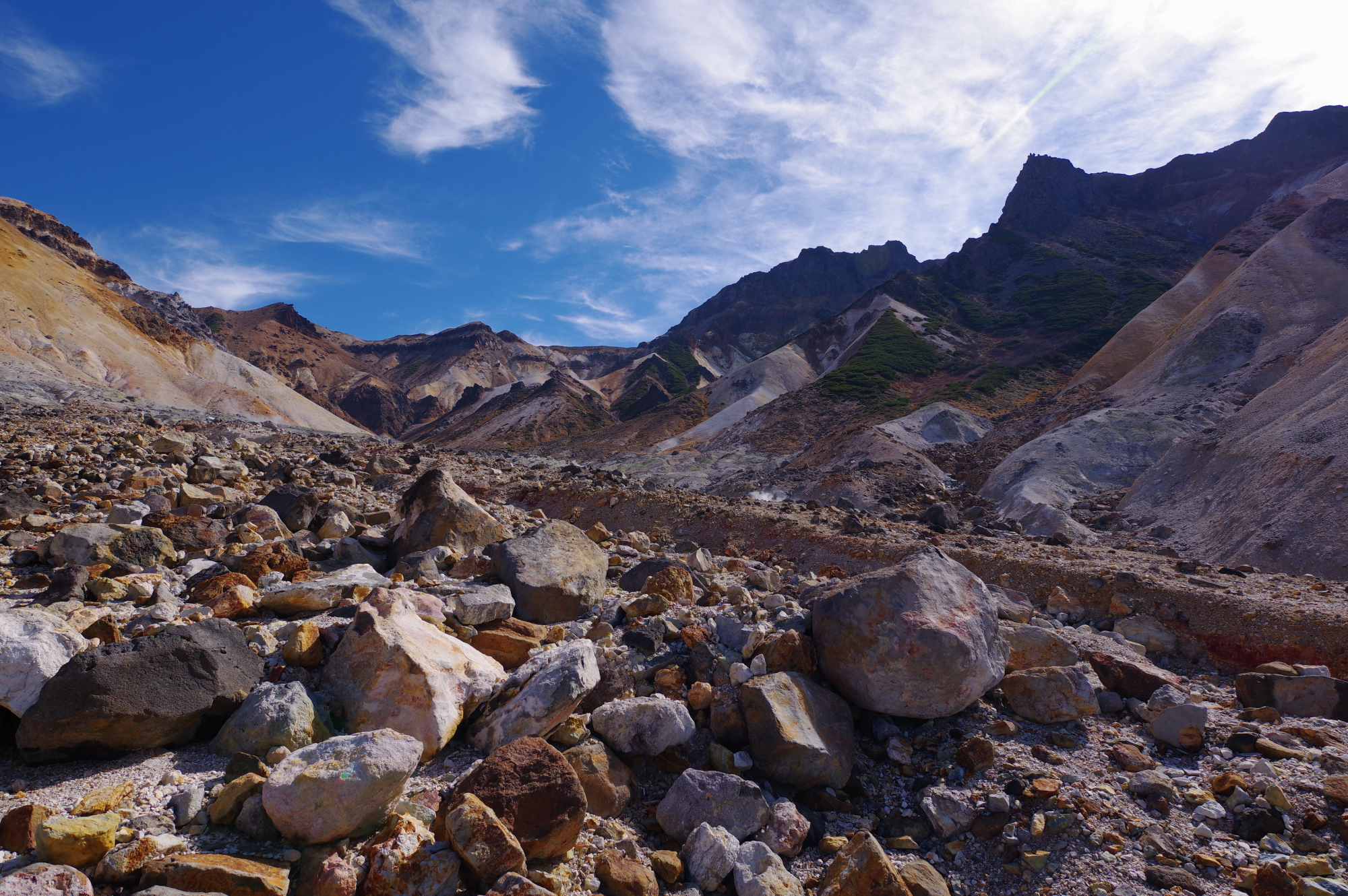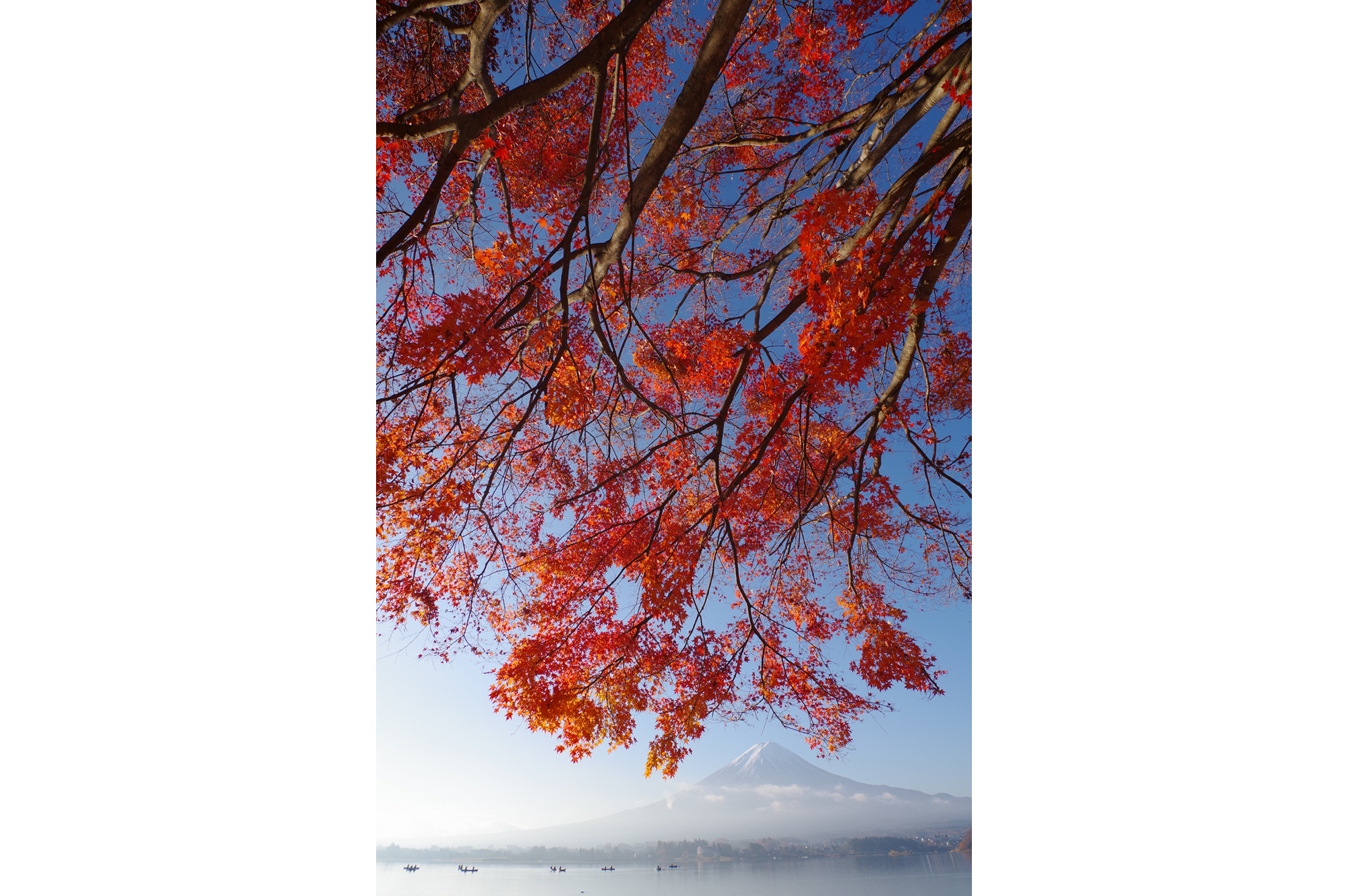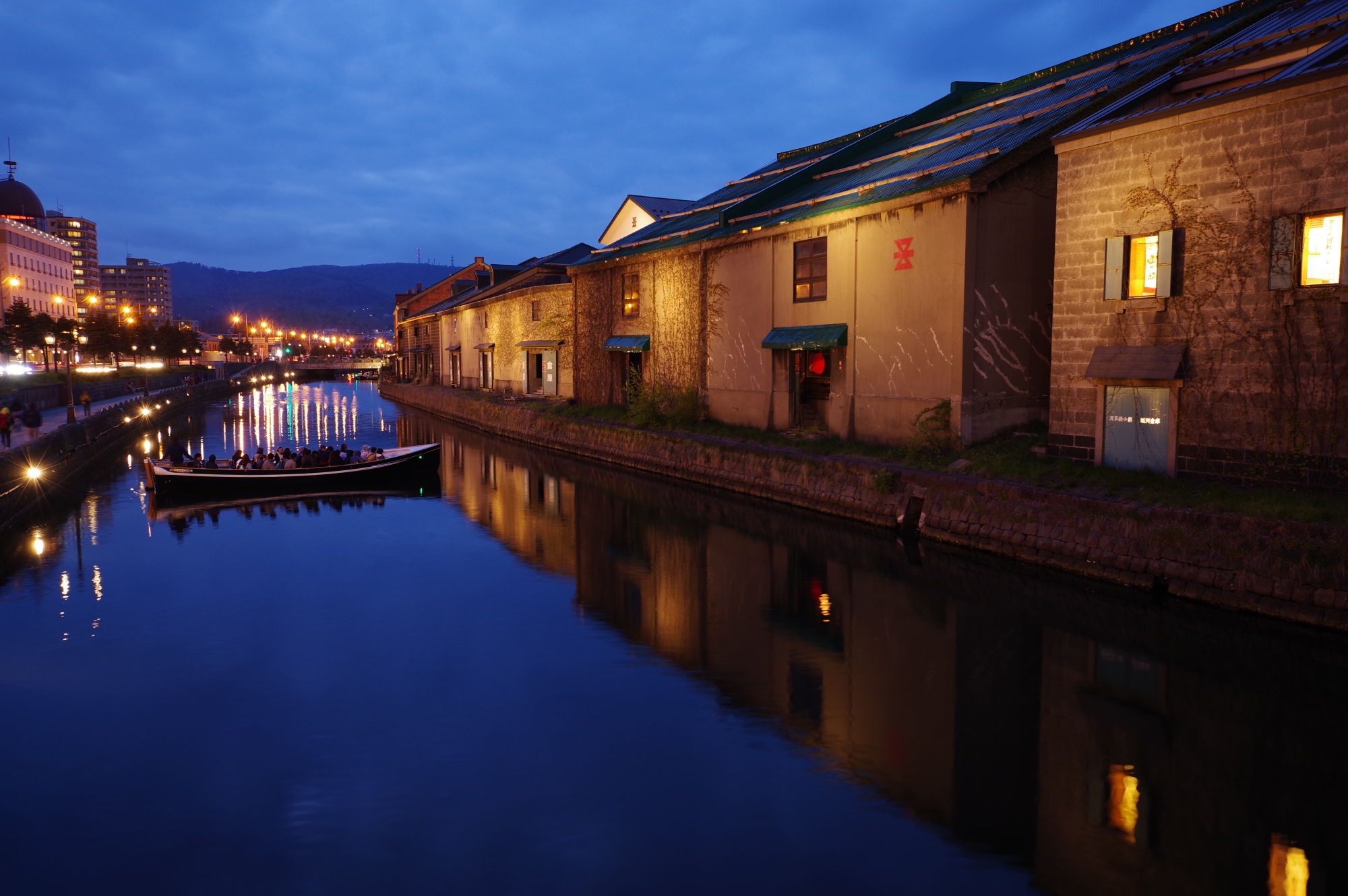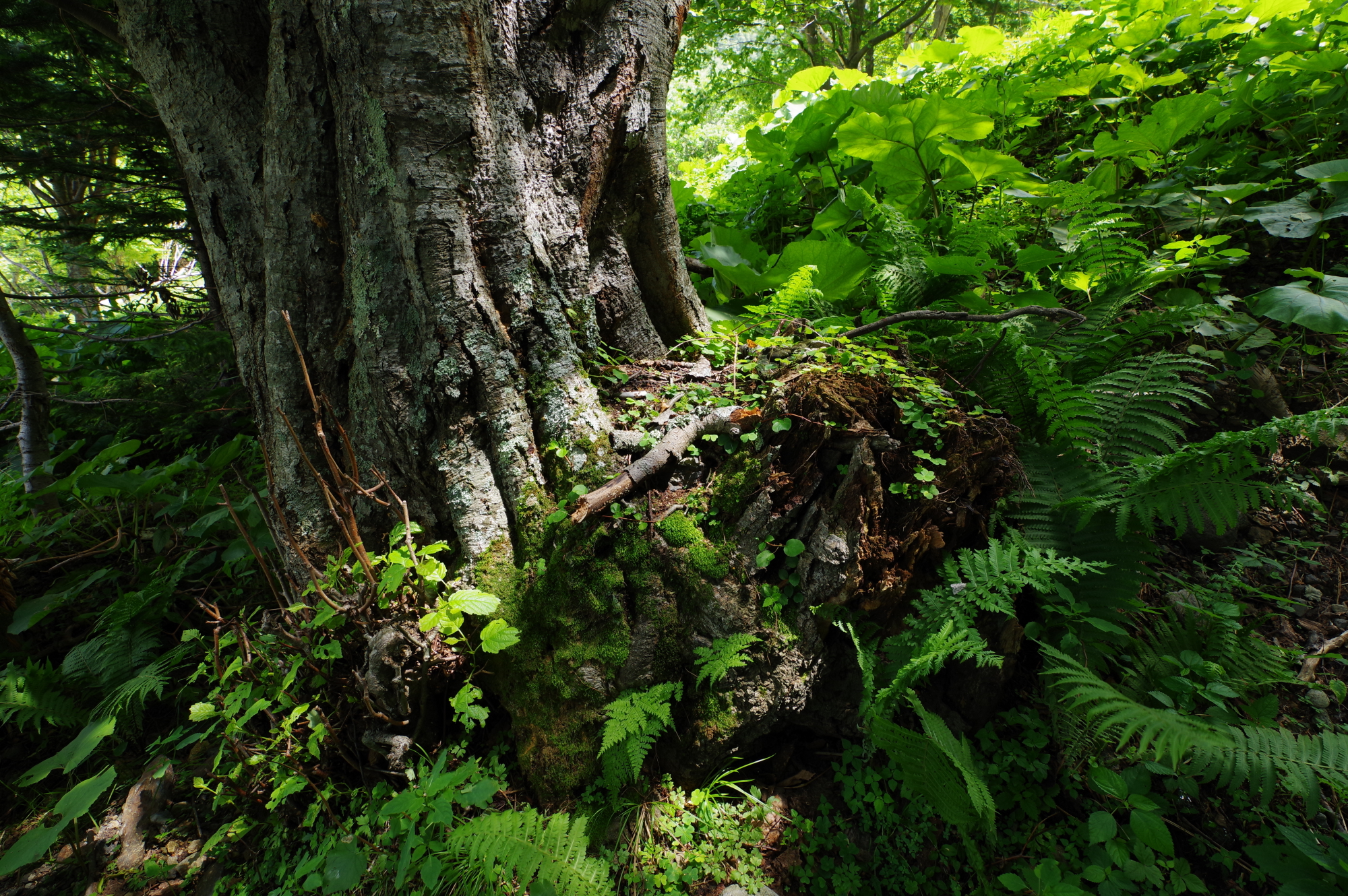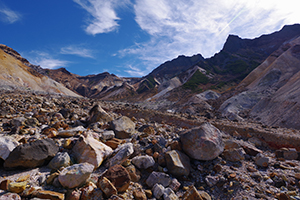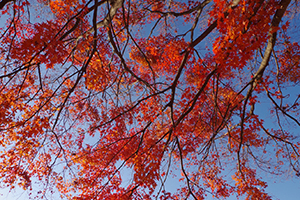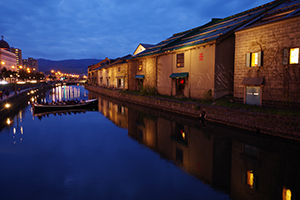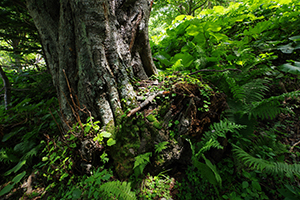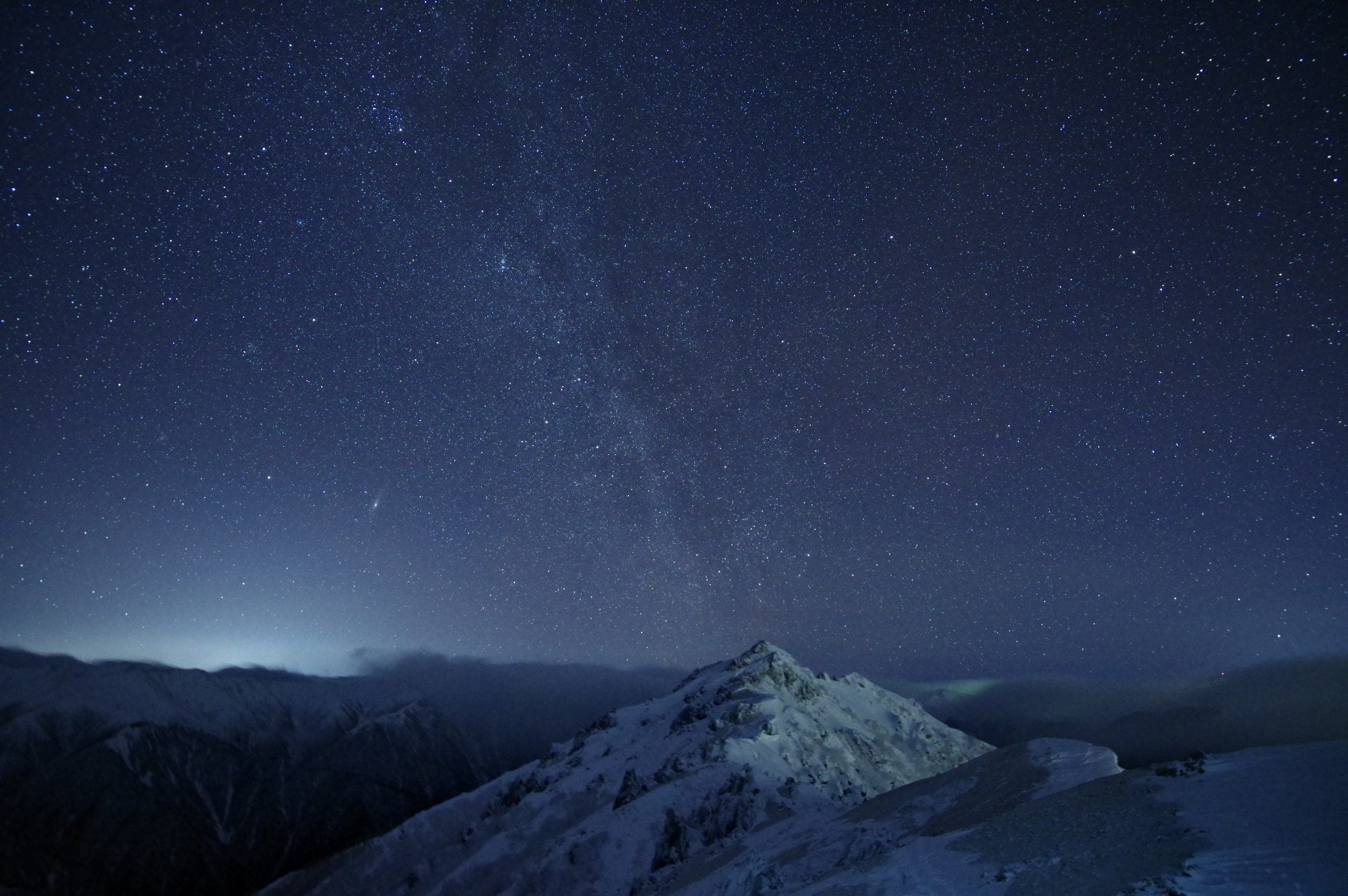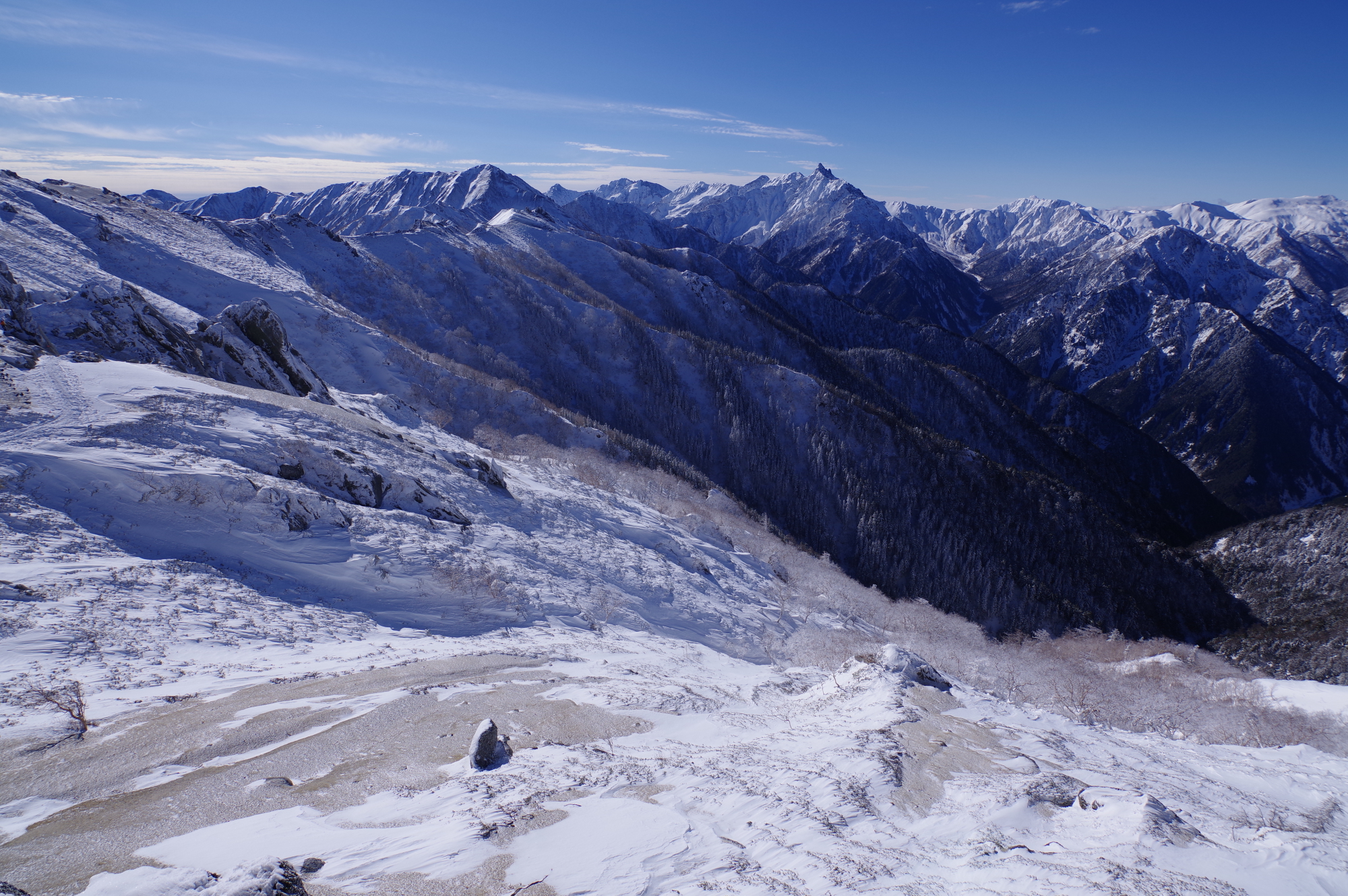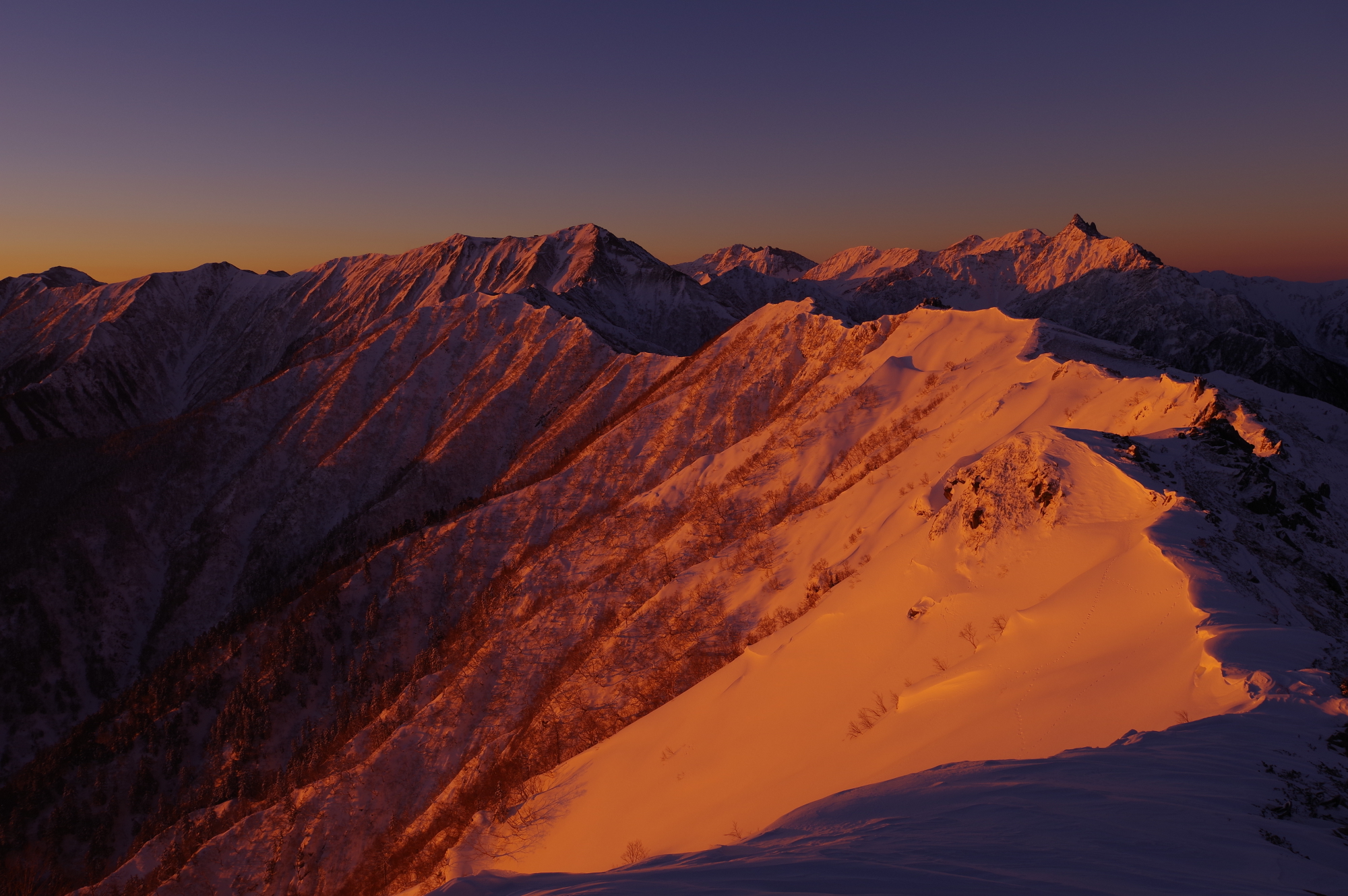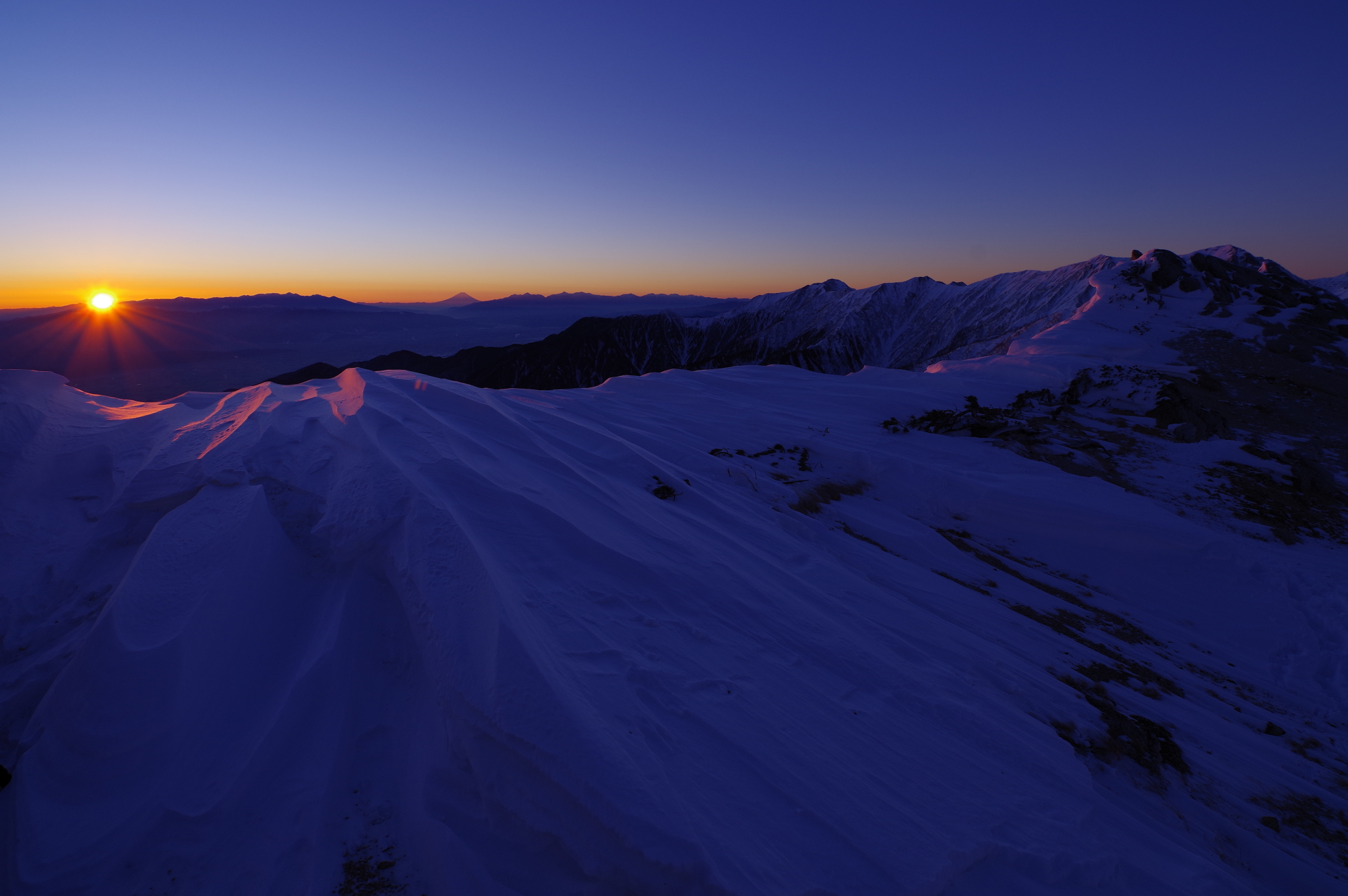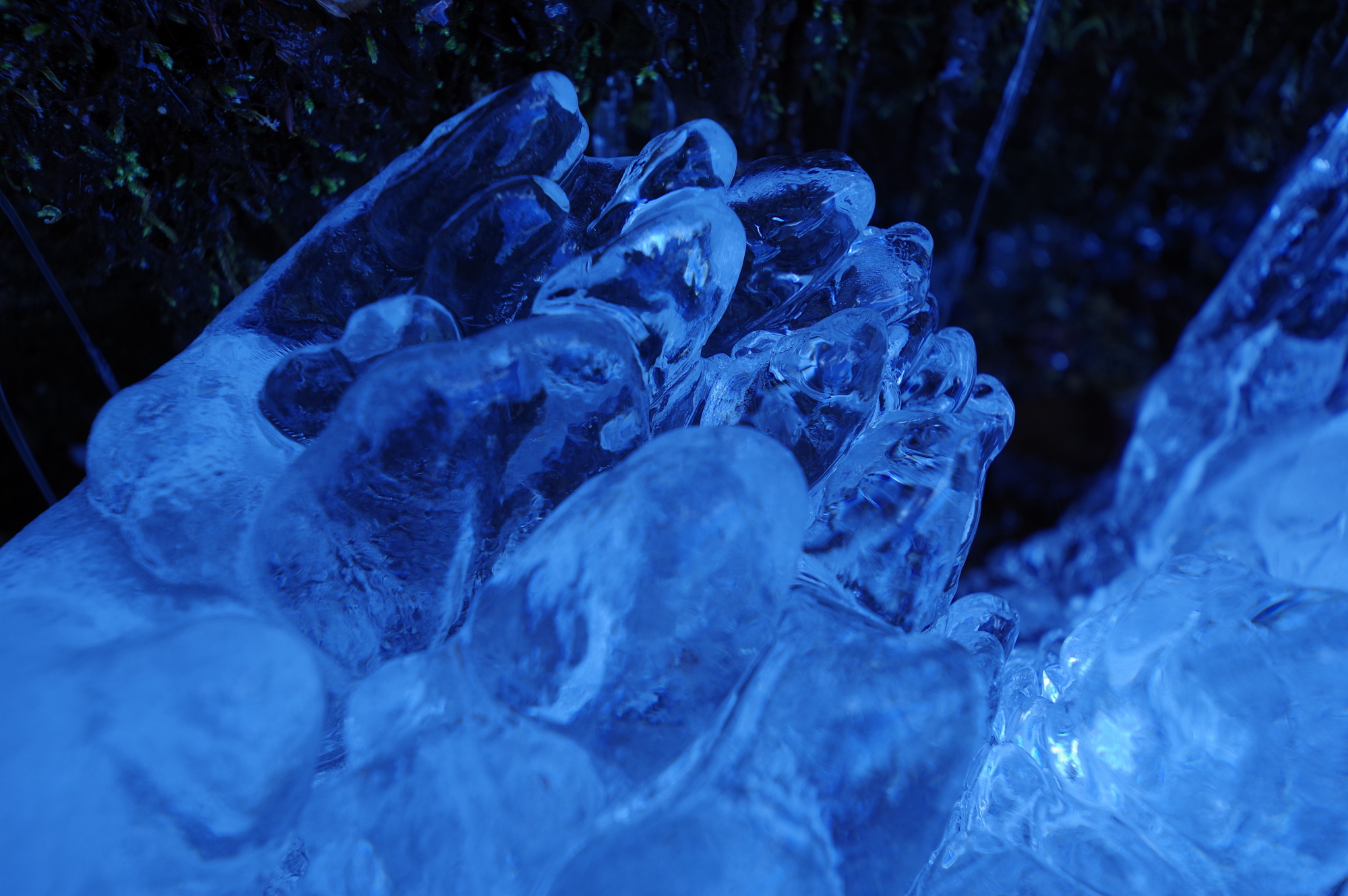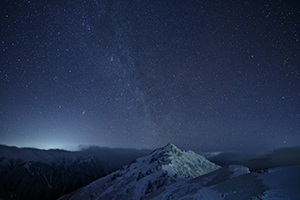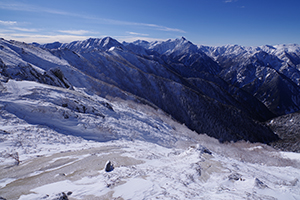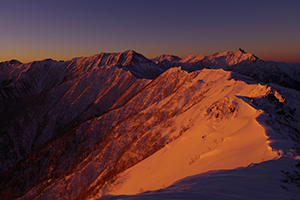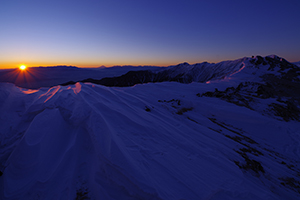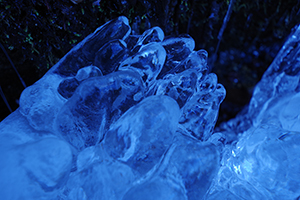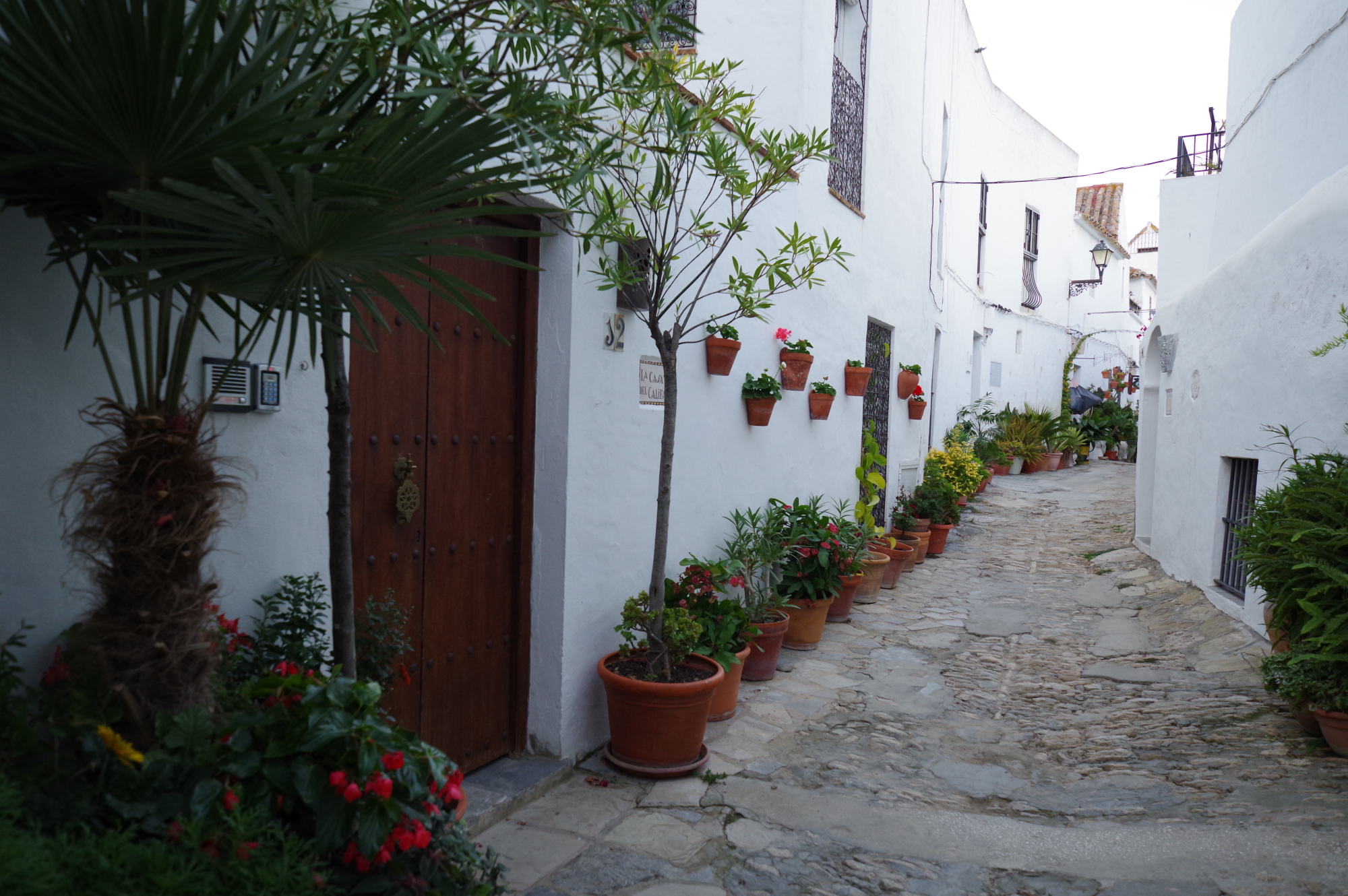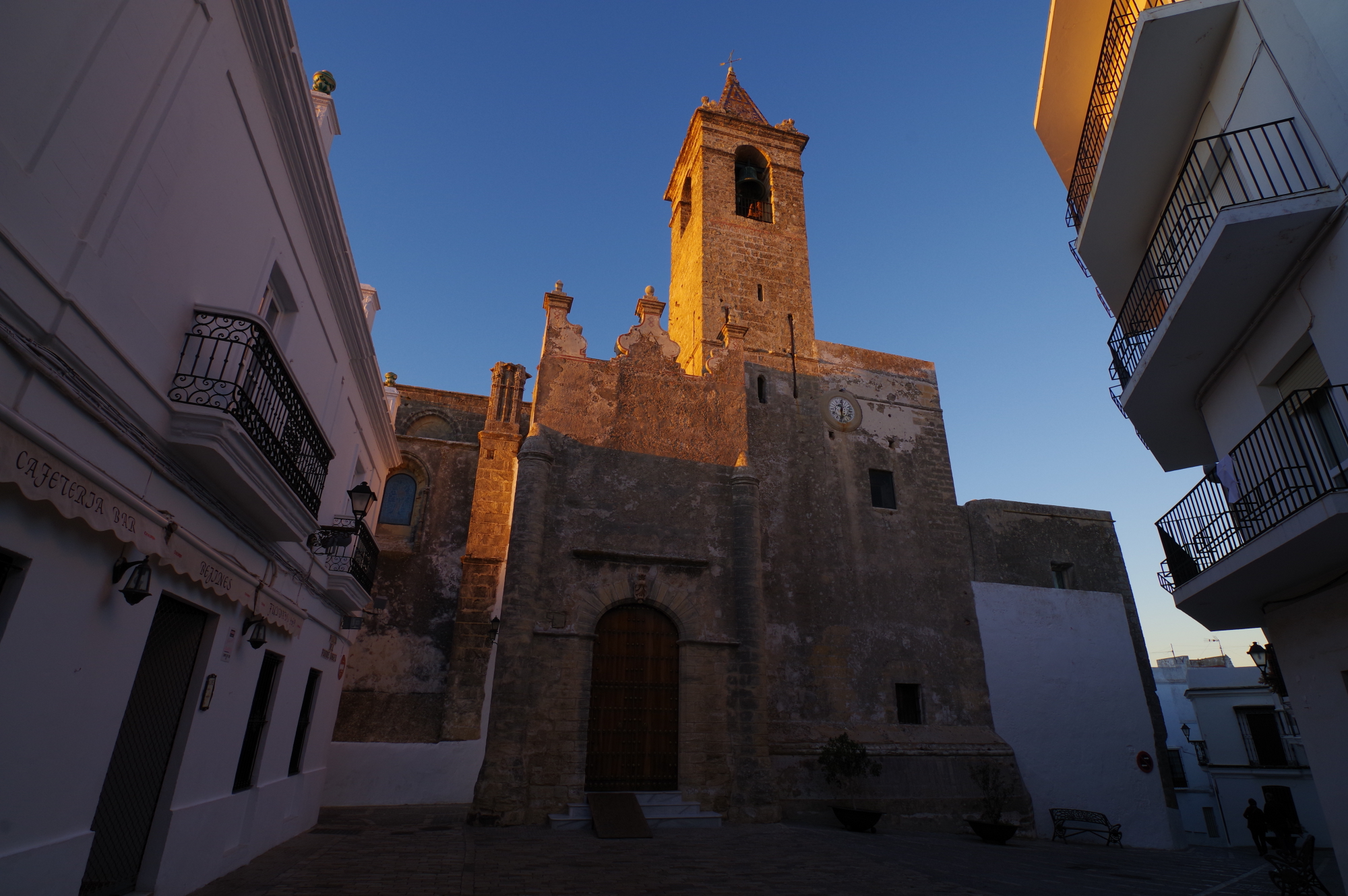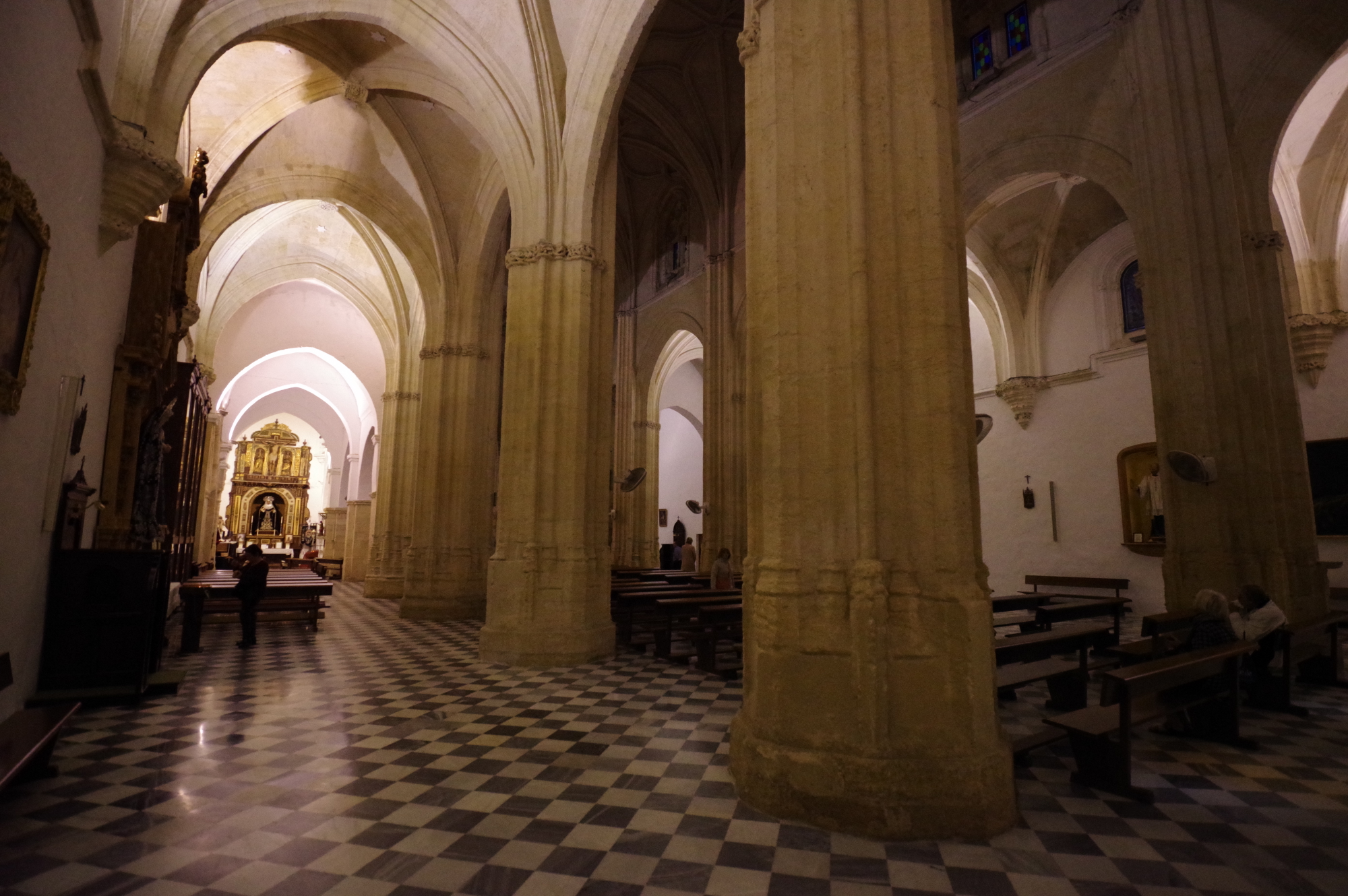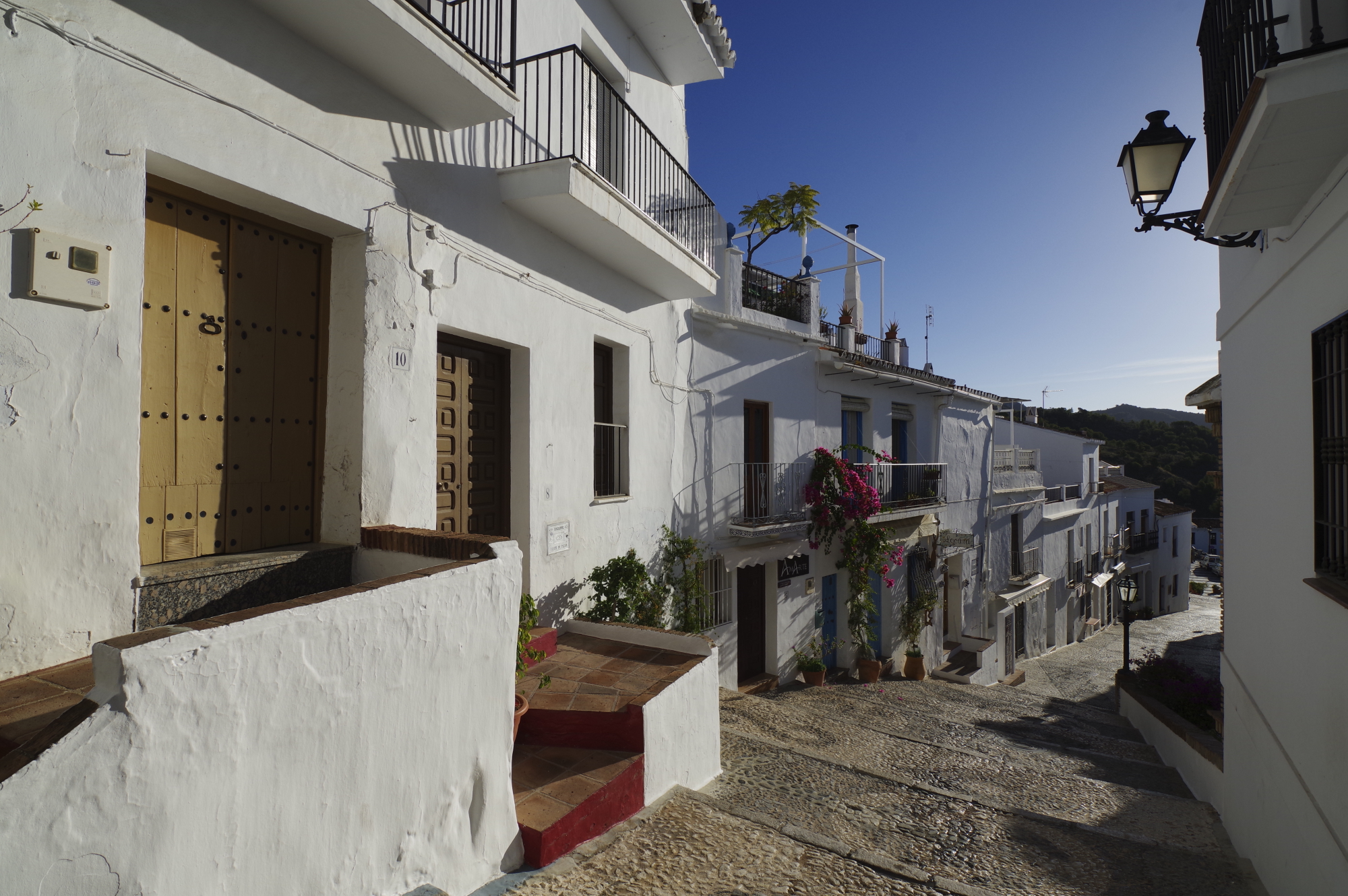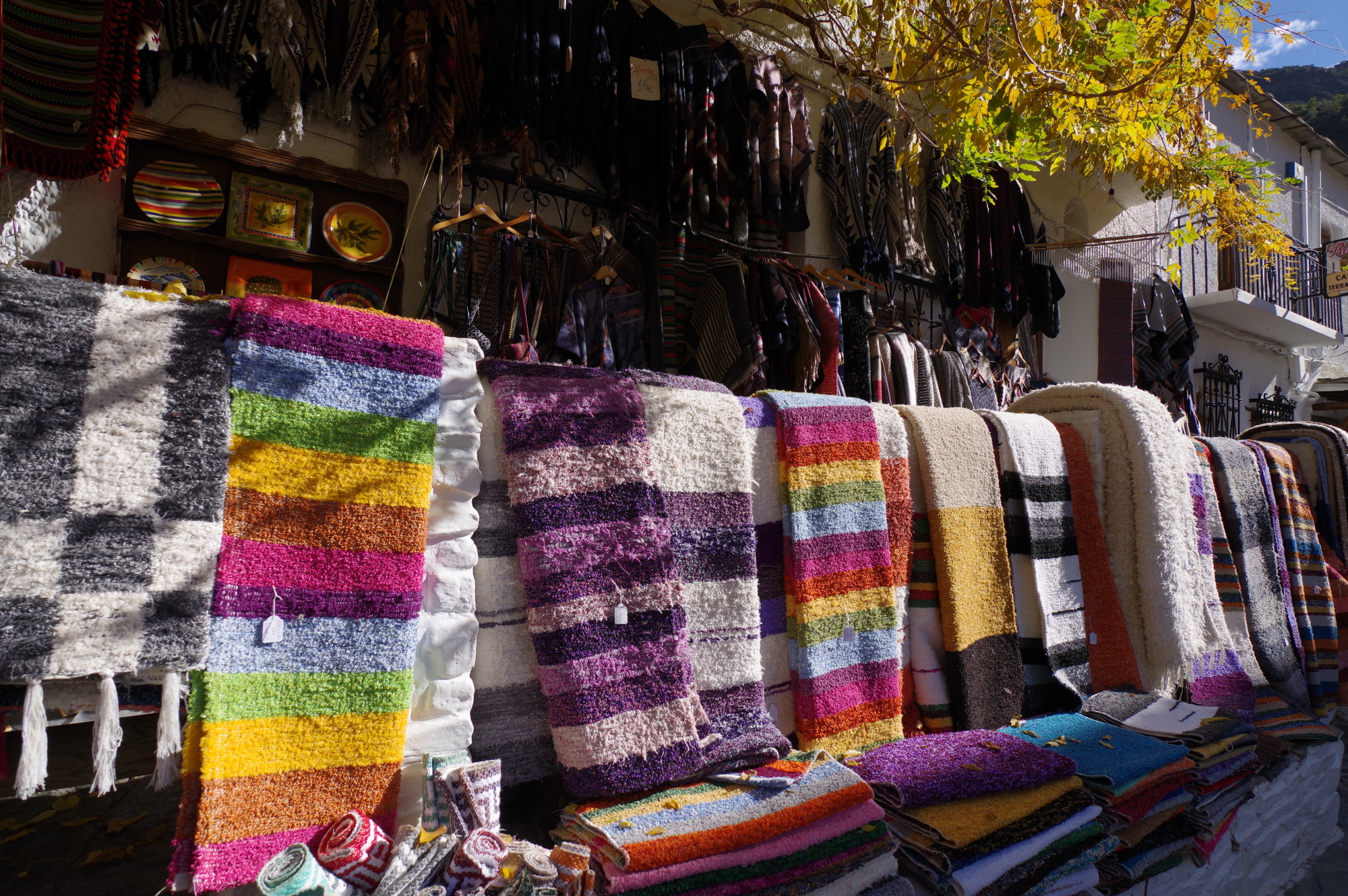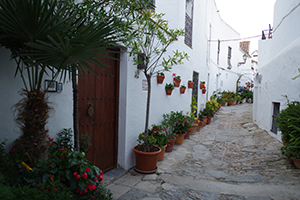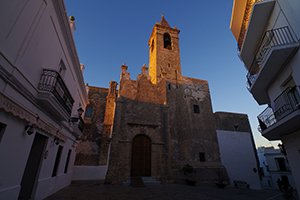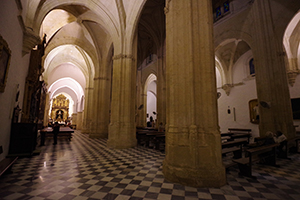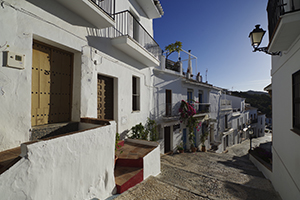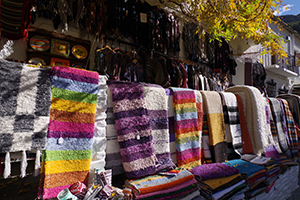HD PENTAX-DA★11-18mmF2.8ED DC AW
Large-aperture, ultra-wide-angle zoom lens for exclusive
use with APS-C-format digital SLR cameras, providing
the exceptional imaging performance across the image
field available with new-generation Star-series lenses
Photographer’s Perspective
Professional photographers provide impressions of this new zoom lens through their fascinating works.

Yoshiaki Kobayashi
Born in 1969 in Tokyo, Kobayashi graduated from Tokyo College of Photography (today’s Tokyo Visual Arts). He has captured numerous images depicting the beauty of nature, ranging from microscopic subjects to sweeping landscapes. He relocated to Hokkaido in 2007 to take pictures with themes such as Inochi no Keshiki (Scenery of Life) and Hikari no Iro, Kaze no Iro (Color of Light, Color of Wind). He has also organized a number of photo exhibitions, including Hikari no Iro, Kaze no Iro – Part 2 and Inochi no Keshiki, Kita no Daichi kara (Scenery of Life, from the Land of North), and published a photo book titled Inochi no Keshiki, Kushiro Shitsugen (Scenery of Life in Kushiro Marshland). He was a featured photographer in the 2012 PENTAX Calendar. He also photographed sample images used in the PENTAEX K-1 Mark II product brochure.
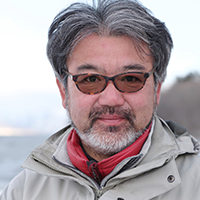
“The long-expected ultra-wide-angle DA Star-series zoom lens, HD PENTAX-DA 11-18mm F2.8ED DC AW, has become available at long last. Since it is designed for steady imaging performance, PENTAX limited its zoom range in favor of solid image quality over the entire zoom range. Despite a large maximum aperture of F2.8, it is also designed to be quite compact. Because the APS-C format provides a rather wide depth of field, I can comfortably use in pan-focus photography. By moving in closer to the subject at open aperture, I can also take pictures with a beautiful bokeh (defocus) effect.
“I also felt that this lens assured solid image quality even when I photographed point light sources at open aperture. It faithfully reproduced point light sources as point images, without causing too much concern about aberration even at the edges of the image field. I believe that it will be a wonderful asset to have in photographing celestial bodies, as well as nightscapes and illuminated scenes.
“One of its most notable features is the Focus Clamp Mechanism, which can minimize manual-focusing errors in astro- and snapshot photography by preventing the accidental shift of the focal point. This mechanism fixes the focal point with a single action, by locking the focus ring in place as soon as the focus mode is switched to manual. On my latest trip, I captured several images of the Milky Way. It was very comforting to me that, even if I accidentally touched the focus ring during minute composition adjustment, this mechanism always kept the focal point intact. The clamp bar is large enough to operate effortlessly, even in the dark. I had no trouble making minute focus adjustments after zooming the image.
“The lens also provides a groove at its front end to install a heater to prevent dew condensation during astrophotography. This is a great benefit to astrophotographers.
“I believe that this lens will provide the fun and excitement of wide-angle photography to all photographers, regardless of their specialized field. I hope that many PENTAX enthusiasts will find it attractive and useful. PENTAX’s devotion to this lens is evident in the fact that, despite the recent digitalization of diaphragm-driving mechanisms, this lens is designed to drive its diaphragm mechanically, making it possible to fit it on older PENTAX camera bodies. I seriously urge all PENTAX lovers to try it once.”
Yoshiaki Kobayashi
Born in 1969 in Tokyo, Kobayashi graduated from Tokyo College of Photography (today’s Tokyo Visual Arts). He has captured numerous images depicting the beauty of nature, ranging from microscopic subjects to sweeping landscapes. He relocated to Hokkaido in 2007 to take pictures with themes such as Inochi no Keshiki (Scenery of Life) and Hikari no Iro, Kaze no Iro (Color of Light, Color of Wind). He has also organized a number of photo exhibitions, including Hikari no Iro, Kaze no Iro – Part 2 and Inochi no Keshiki, Kita no Daichi kara (Scenery of Life, from the Land of North), and published a photo book titled Inochi no Keshiki, Kushiro Shitsugen (Scenery of Life in Kushiro Marshland). He was a featured photographer in the 2012 PENTAX Calendar. He also photographed sample images used in the PENTAEX K-1 Mark II product brochure.


Ichiro Murata
Alpine photographer. Born on March 28, 1964. After graduating from the School of Marine Science and Technology of Tokai University, Murata worked for an electrical appliances manufacturer before going freelance. With the arrival of the digital era, he began to actively take photos, releasing a collection of star-lit mountain scenery pictures under the title of Mugen Kido (A Boundless Orbit) in the April 2010 issue of Digital Photo, and thereafter began creating works in the star scenery theme. He concentrates his efforts on works that can only be represented digitally, utilizing the hardware and software he developed on his own. He has been using PENTAX cameras since the PENTAX K-5, and is currently working on a photo project using the PENTAX K-1 Mark II. He has also published a photo book titled Tsubakuro (Mt. Tsubakurodake).
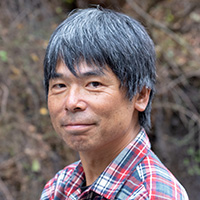
“I normally use a 15-30mm F2.8 zoom lens on the PENTAX K-1 Mark II body. However, I set out for a weeklong trip to Mt. Tsubakurodake over the New Year holidays with a combination of the PENTAX KP body and a new 11-18mm F2.8 lens. My equipment consisted of 11-18mm F2.8 and 55-300mm F4.5-6.3RE lenses for the PENTAX KP body and 15-30mm F2.8 and 28-105mm F3.5-5.6 lenses for the PENTAX K-1 Mark II body. I used the 28-105mm F3.5-5.6 lens on the PENTAX KP body as well. This means I photographed images using ultra-wide-angle zoom lenses in both the 35mm full-frame and APS-C formats.
“When I first looked at the 11-18mm F2.8 lens, I thought it was rather bulky. Compared with the 15-30mm F2.8 lens, however, it is definitely more compact. In terms of size, it appeared almost equal to other two zoom lenses. This makes quite a difference in Alpine photography, because photographers prefer to make the load as light and compact as possible. Although I respect the imaging performance of the 15-30mm F2.8 lens, I must admit that it feels rather large and heavy.
“After actually taking photos with the 11-18mm F2.8 lens, I could describe it as an APS-C version of the 15-30mm F2.8, and detected very little difference between these two lenses in terms of imaging performance. Even when I included a large image of the sun in a picture, I seldom suffered ghost images. Only when I positioned the sun either at the upper right or upper left corner of the image field did I notice a ghost image. Since I could easily detect it in the viewfinder, however, I had no problem eliminating it from an image. My only concern with the 11-18mm F2.8 lens was the positioning of focus and zoom rings; because it was reversed from that of the 15-30mm F2.8 lens, I made a few mistakes when using these lenses simultaneously. I only wish that PENTAX would have positioned them in the same order.
“I also found it very easy to focus when photographing star-lit nightscapes in the Live View mode. In fact, it was so much easier than using the 15-30mm F2.8 lens. Watching the background become gradually blurred, I was confident that PENTAX had made a thorough optical compensation of aberrations. The stars remained perfect circles, while the size of their bokeh (defocus) area grew larger, without distorting the circular image of the circles. I think that this lens is easiest to focus on the stars, next only to the new 50mm F1.4.
“I seldom use filters, but occasionally opt for ND (Neutral Density) filters with certain scenes or subjects. In such occasions, the 11-18mm F2.8 lens provides the advantage of filter use. I truly appreciate this kind of flexibility and versatility in photographic applications.
“The Focus Clamp mechanism comes in rather handy in star-lit nightscape photography. I usually fix the focus ring in place using a piece of adhesive tape, but it sometimes gets blown away by the wind. There is also a possibility that it might be accidentally removed when the focus ring rotates along with the misplacement of the heater. To avoid such worries, this locking mechanism is extremely valuable to me.
It appeared to me that, compared with the combination of the PENTAX K-1 Mark II and the 15-30mm F2.8 lens, that of the PENTAX KP and the 11-18m F2.8 lens was considerably lighter in weight and less bulky. Considering the fact that the dependable 55-300mm F4.5-6.3RE is already in the market, I was always looking forward to the introduction of another high-performance zoom lens such as the new 11-18mm F2.8. With its market launch, if there is a compact and high quality 18-55mm lens,I believe that it’s worth switching the camera format from 35mm full-frame to APS-C for many PENTAX users.”
Ichiro Murata
Alpine photographer. Born on March 28, 1964. After graduating from the School of Marine Science and Technology of Tokai University, Murata worked for an electrical appliances manufacturer before going freelance. With the arrival of the digital era, he began to actively take photos, releasing a collection of star-lit mountain scenery pictures under the title of Mugen Kido (A Boundless Orbit) in the April 2010 issue of Digital Photo, and thereafter began creating works in the star scenery theme. He concentrates his efforts on works that can only be represented digitally, utilizing the hardware and software he developed on his own. He has been using PENTAX cameras since the PENTAX K-5, and is currently working on a photo project using the PENTAX K-1 Mark II. He has also published a photo book titled Tsubakuro (Mt. Tsubakurodake).


Kazutoshi Yoshimura
Born in Matsumoto, Nagano Prefecture, in 1967. After graduating from a high school, Yoshimura worked for a printing company in Tokyo. After leaving the company, he spent a year living in Canada, which prompted him to make his debut as a photographer. Since then, he has traveled extensively both in Japan and internationally while based in Tokyo, engaging ambitiously in various photographic projects. He conducts intensive research on his themes over many years before publishing them as collections of photographic works. His popular landscape images are artistic in their composition, weaving wind and light together in an almost lyrical manner. His portraits of local people are also very popular because they depict the subject’s liveliness and emotions. His most notable works include: BLUE MOMENT, Sense of Japan, CEMENT, and Italy’s Most Beautiful Villages in the Zentoha no Tabi (A Journey to All Destinations) series.
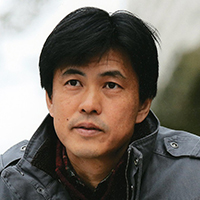
“I have been traveling all over the world. When I work in Europe, I most frequently use wide-angle zoom lenses. Over the years, I have been waiting for the launch of an 11-18mm lens, which provides angle-of-view coverage between 17mm and 27.5mm in the 35mm format.
“When I first used this new F2.8 lens in Spain, I was impressed with its easy handling. Weighing only 704 grams, it provides a perfect balance when mounted on the PENTAX KP body, which has an almost identical weight (703 grams). I didn’t feel any stress at all as I walked around towns with my photographic gear suspended from my neck. I had to point the camera nearly straight up to capture majestic cathedrals and high-rising buildings on many occasions, but the lens’s Focus Clamp Mechanism was very dependable. I can easily imagine that this mechanism could be a very useful device in photographing star-lit nightscapes and celestial bodies.
“During my trip, I grew convinced that the F2.8 lens was my choice. Even when I captured a subject during the so-called Magic Hour at dawn or dusk, this type of lens made photography simple and enjoyable, as I could confirm the image composition and focal point in the viewfinder with great accuracy. In snapshot photography, I could stop down the aperture by two to three steps, minimizing the risk of camera shake and focusing error with a wider depth of field.
“I was also impressed with its outstanding imaging power. It produced sharp, clear images across the entire zoom range, while preventing underexposure at the edges. Distortion, a common problem with wide-angle lenses, is also kept to a minimum, letting me capture both the interior and exterior of historic architectures in more truthful images.
“It took a long time for PENTAX to launch this lens, but I was convinced that a lot of time must have been needed by PENTAX’s development team to create such a remarkable world of wide-angle photography. In fact, this 11-18mm lens is a truly magnificent zoom lens, well worth its Star-series designation. I’m confident that it will become an essential photographic tool in my future travel around the globe.”
Kazutoshi Yoshimura
Born in Matsumoto, Nagano Prefecture, in 1967. After graduating from a high school, Yoshimura worked for a printing company in Tokyo. After leaving the company, he spent a year living in Canada, which prompted him to make his debut as a photographer. Since then, he has traveled extensively both in Japan and internationally while based in Tokyo, engaging ambitiously in various photographic projects. He conducts intensive research on his themes over many years before publishing them as collections of photographic works. His popular landscape images are artistic in their composition, weaving wind and light together in an almost lyrical manner. His portraits of local people are also very popular because they depict the subject’s liveliness and emotions. His most notable works include: BLUE MOMENT, Sense of Japan, CEMENT, and Italy’s Most Beautiful Villages in the Zentoha no Tabi (A Journey to All Destinations) series.

HD PENTAX-DA★11-18mmF2.8ED DC AW
Large-aperture, ultra-wide-angle zoom lens for exclusive use with APS-C-format digital SLR cameras, providing the exceptional imaging performance across the image field available with new-generation Star-series lenses
